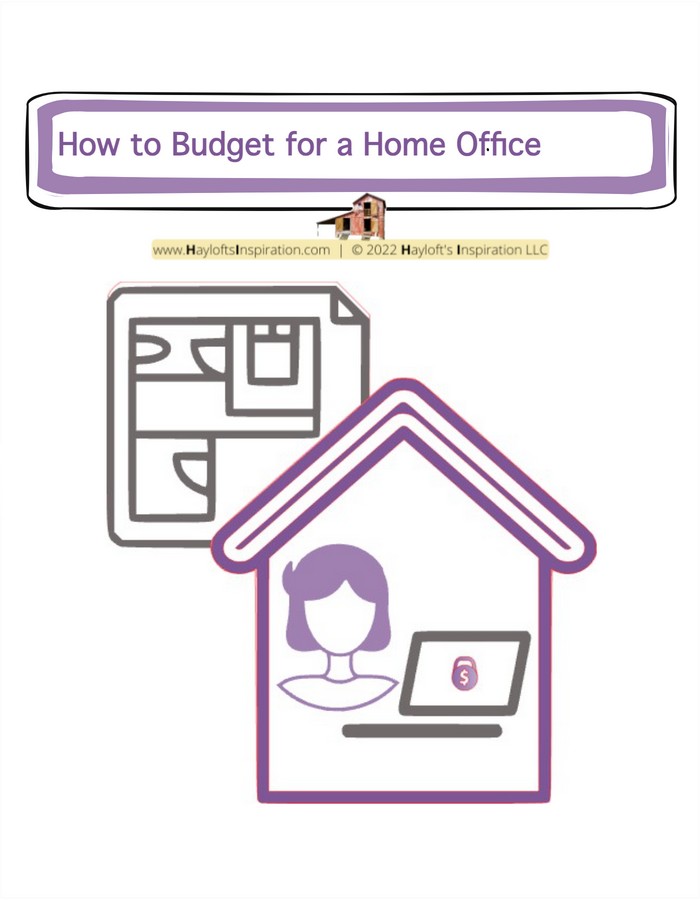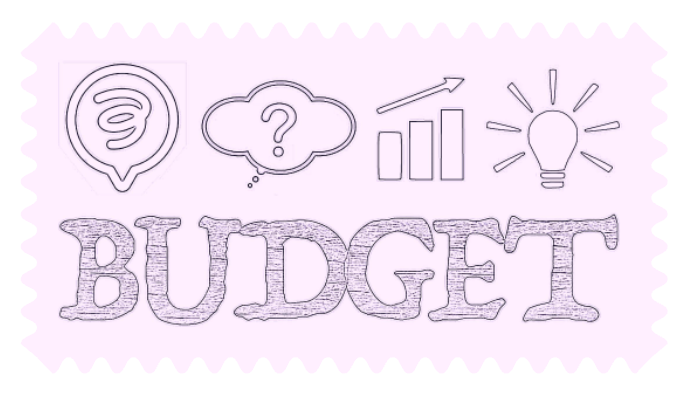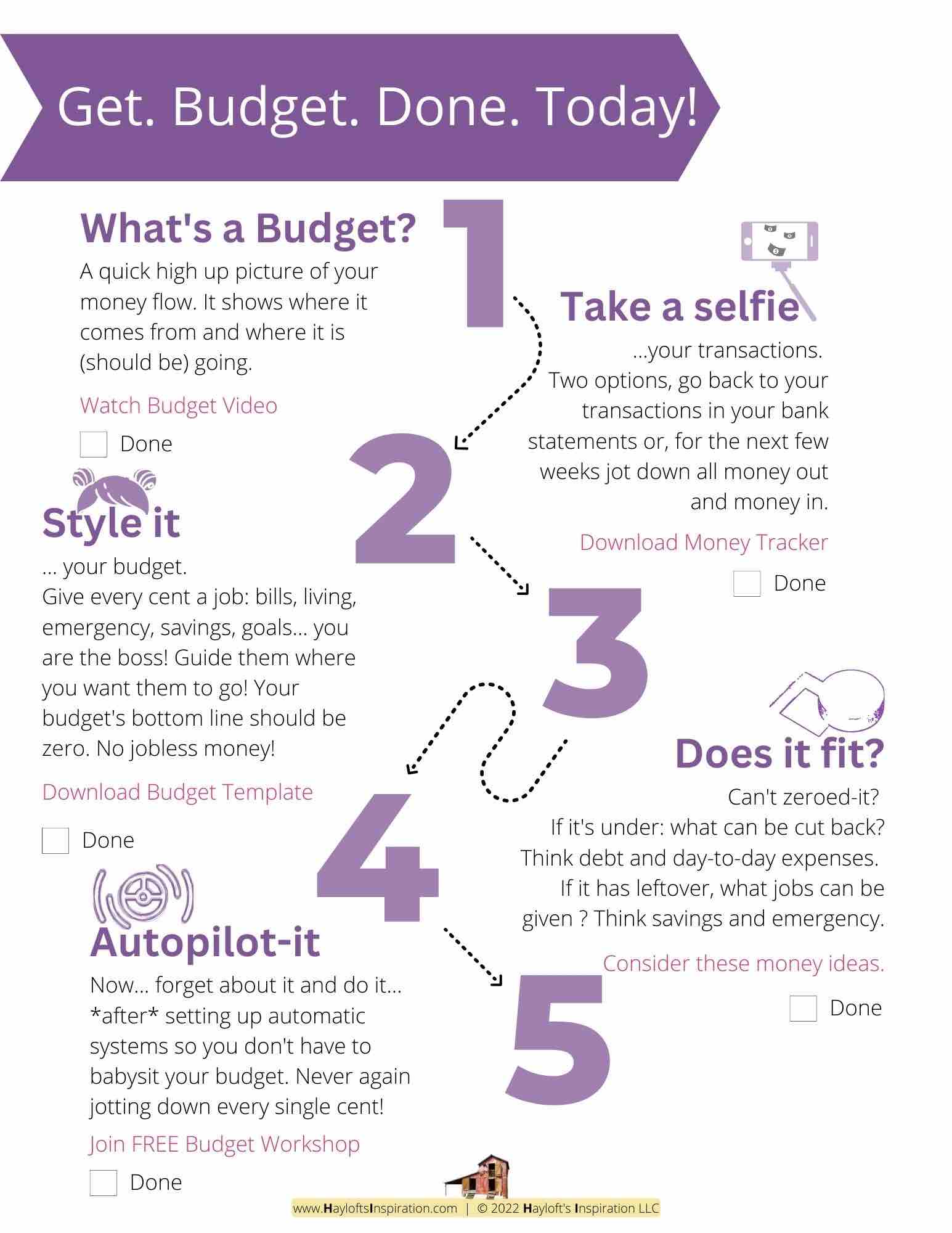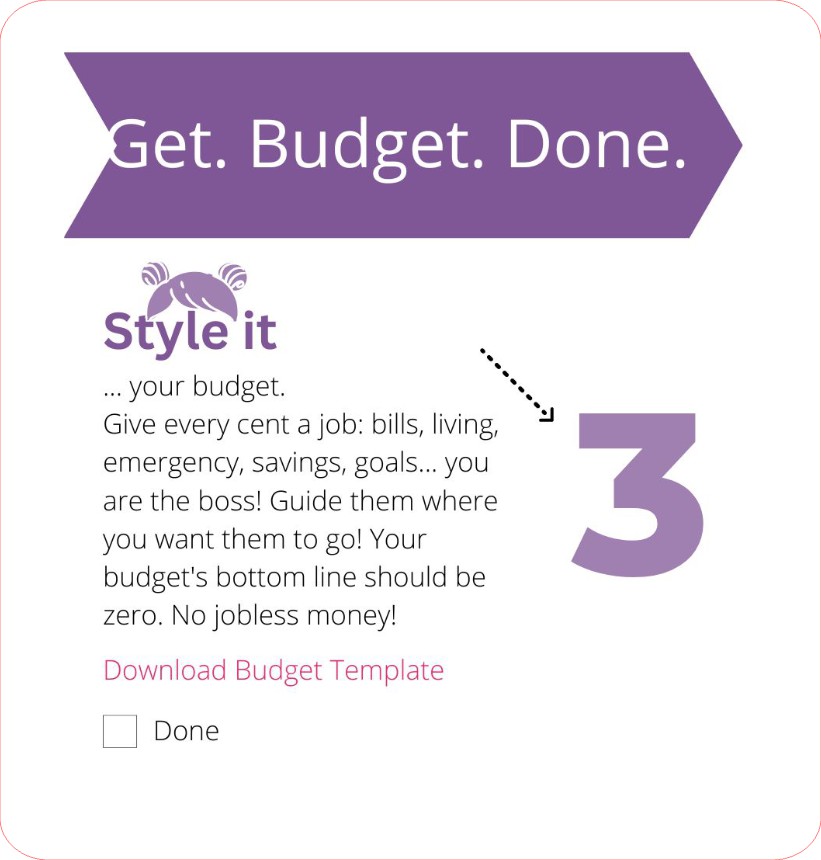Setting Up Your Workspace on a Budget

.
.
Setting up a home office can feel like a daunting task, especially when you’re trying to balance functionality with a budget. Whether you’re working from home full-time, need a dedicated space for your side hustle, or just want to create a cozy nook for personal projects, a well-planned workspace can make all the difference.
Let’s dive into how you can set up your home office on a budget, while still making it a productive and enjoyable space.
.
1. Determine Your Needs
Before you start shopping, it’s important to figure out what you actually need in your home office. Here’s how to get started:
- Furniture: Consider essentials like a desk, chair, and storage solutions. If you’re on a tight budget, think about what you absolutely need versus what would be nice to have. For example, a simple desk and chair may be sufficient, while additional shelving or a filing cabinet can be added later.
- Equipment: Make a list of any necessary equipment, such as a computer, printer, or office supplies. Think about what you already have and what needs to be upgraded or replaced.
- Supplies: Include items like stationery, organizers, and any other office essentials that will help you stay productive.
When I first set up my home office, I realized I had a perfectly good desk but no chair. About that time, instead of buying a new office chair, the Lord provided a very comfy chair from a friend’s workplace; they were renovating their office space. Great way to save me money.
.
2. Set a Budget
Once you know what you need, it’s time to set a budget. Here’s how to approach it:
- Assess Your Finances: Look at your current financial situation to determine how much you can comfortably spend on your home office setup.
- Allocate Funds: Break down your budget into categories such as furniture, equipment, and supplies. This will help you prioritize spending and avoid overspending in any one area.
- Plan for Extras: Set aside a small portion of your budget for unexpected expenses or additional items you might need later.
.

.
3. Shop for Deals
Finding great deals can make a huge difference in staying within budget. Here’s where to look:
- Sales and Discounts: Keep an eye out for sales events at office supply stores and online retailers. Sign up for newsletters to get notified of special offers.
- Second-Hand Options: Check out thrift stores, garage sales, and online marketplaces like Craigslist or Facebook Marketplace for gently used office furniture and equipment.
- Coupons and Promo Codes: Look for coupons or promo codes that can give you discounts on office supplies and furniture.
.
4. DIY Solutions
Sometimes, a little creativity can go a long way. Consider these DIY solutions:
- Repurpose Existing Items: Use what you already have. For example, an old bookshelf can serve as storage for office supplies, and an unused table can be converted into a desk with a fresh coat of paint.
- Create Your Own Decor: Make your workspace more inviting by adding personal touches. You can create wall art or organize your supplies with DIY containers.
- Build Your Own Furniture: If you’re handy, consider building simple furniture pieces like a desk or shelving unit. There are plenty of DIY plans available online.
.

.
.
5. Invest in Ergonomics
Even on a budget, it’s worth investing in ergonomic furniture to improve your comfort and productivity:
- Ergonomic Chair: A good chair can prevent back pain and improve your posture. Look for budget-friendly options that offer adjustable features.
- Desk Height: Ensure your desk is at a comfortable height for typing and working. If necessary, use a desk riser or adjust your chair to achieve the right setup.
- Accessories: Consider affordable accessories like a keyboard tray or a footrest to enhance your ergonomic setup.
.
6. Keep Track of Expenses
Maintaining a record of your spending helps ensure you stay within your budget:
- Create a Spreadsheet: Use a simple spreadsheet to track all your expenses related to the home office setup. Include categories like furniture, equipment, and supplies.
- Receipt Management: Keep receipts for all your purchases. This will help you stay organized and can be useful for any future budgeting or tax deductions.
- Review Regularly: Check your spending regularly to ensure you’re on track. Adjust your budget if necessary to accommodate any unexpected costs.
I always keep a running total of expenses in a spreadsheet for any major purchase. It helps me stay on top of my budget and spot any areas where I might be overspending.
.
7. Evaluate Tax Deductions
If you’re self-employed or working from home, you may be eligible for tax deductions on your home office expenses:
- Research Deductions: Look into what expenses you can deduct, such as office furniture, equipment, and supplies. The IRS provides guidelines on what qualifies as a deductible expense.
- Consult a Tax Professional: For accurate advice and to ensure you’re maximizing your deductions, consider consulting with a tax professional.
- Keep Detailed Records: Maintain detailed records of all your office-related expenses and consult the latest tax laws to make sure you’re compliant.
.

.
In summary…
Start Setting Up Your Home Office Today! Now that you have a solid plan for setting up your home office on a budget, it’s time to take action.
.
Your takeaway…
Start by listing your needs, setting a budget, and shopping smartly. With a bit of creativity and planning, you can create a functional and enjoyable workspace without breaking the bank.
.
Now your turn. Share in the comments…
What are you most excited about the decor, use or space of your Home Office?
.

.
.




+ View comments
+ Leave a comment